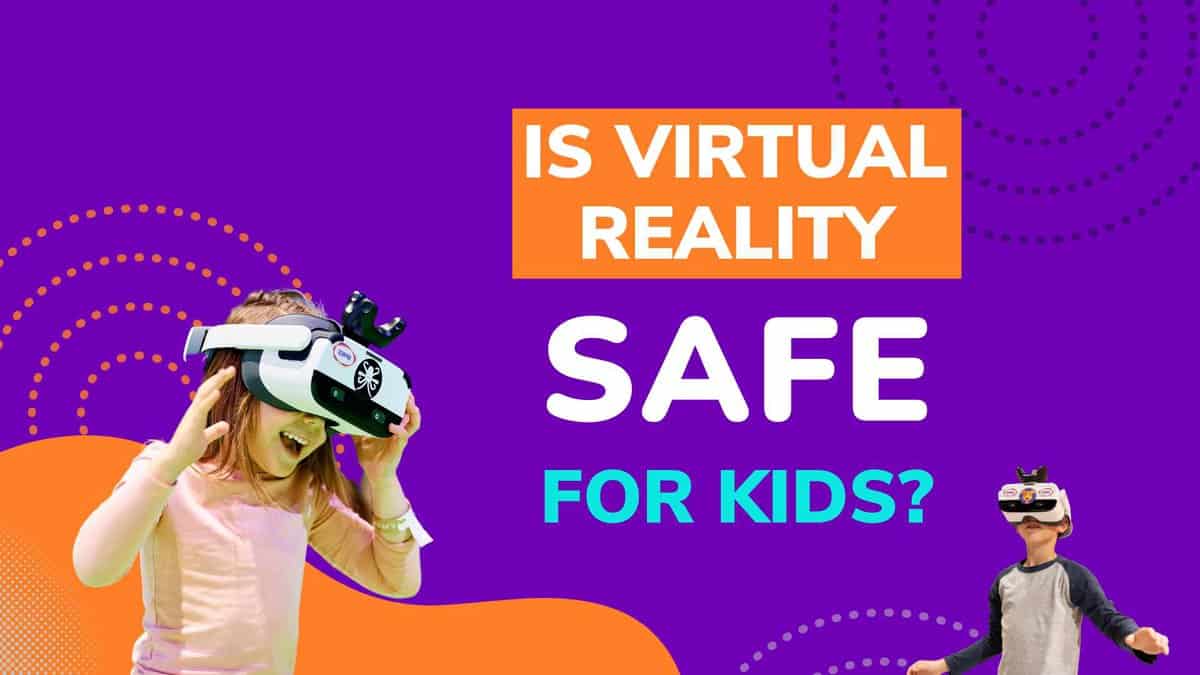Is Virtual Reality A Risk For Children?
You may have heard that virtual reality (VR) is bad for children, but is it really true?
There is an idea circulating that VR is unsafe for children, however as with most arguments, there are some points of merit that should be considered, but it is ultimately untrue.
VR is a great way for kids to interact and understand their environment, giving a safe space to explore different worlds. From underwater adventures to outer space exploration, there are tons of immersive experiences out there that can help children learn and grow in ways traditional entertainment simply can’t provide.
Among the main benefits of VR are unlocking creative thinking skills, encouraging problem solving and developing teamwork abilities. Entertainment centers have the opportunity to offer a unique experience that children will not forget and that will connect them with their family and friends, enabling them to tap into a new generation, generating high profitability.
Why was VR thought to be unsafe?
VR was previously believed to be harmful to children’s eyes, but multiple studies and specialists have debunked this. In a recent report, The American Academy of Ophthalmology writes: “Although there are no long-term studies, ophthalmologists agree there is no reason to be concerned that VR headsets will damage eye development, health, or function. Age limitations for VR technology might make sense for content, but as far as we know this technology poses no threat to the eyes.”
In the past it was also unknown if young children could tolerate full immersive, The American Journal of Ophthalmology published the results of a study of 50 children aged 4-10 years using VR to assess the safety of VR 3D headset (virtual reality 3-dimensional binocular-stereoscopic near-eye display), showing positive results for VR .
The Conclusion of Experts:
They concluded that young children tolerate fully immersive 3D virtual reality gameplay without noteworthy effects on visuomotor functions. VR play did not induce significant post-VR postural instability or maladaption of the vestibulo-ocular reflex. In layman’s terms, this means the prevalence of discomfort and after effects may be even less than that reported for adults, showing its safety.
Then, why do many VR headsets come with a product safety warning, not recommending the use in children under the age of 13 years?
The arbitrary use of numbers suggests the age restriction is more of a legal safeguard, rather than a campaign for social awareness.
Safety Considerations for your venue:

Headsets and equipment:
Some VR headsets and other wearables have not been designed for smaller heads or faces, Therefore, make sure your headset has been designed to meet all the necessary safety standards for kids and adults. Read more about the best headsets for kids, here.
Play Area Space:
If your FEC or venue would like a VR experience zone, you will need a specialized space for this activity. It’s important to have an open playing area, free from any potential tripping hazards and walls that might hurt the player. Perfect for this, is a virtual reality playground. Location-based VR experiences are carefully designed for kids and adults to have a great experience, not lasting long enough, or happening frequently enough, to impact children in a negative way.
Family-Friendly Content:
Most importantly, make sure the kid only uses age-appropriate content that doesn’t contain anything that could be inappropriate or potentially harmful to them— with there being lots of great VR games designed specifically with kids in mind. For example, instead of a first-person game that promotes direct actions of violence against other people, kids could play a game like Fruit Splash, which is a point-based game with guns that shoot fruit juice.
VR is here to stay
Virtual reality is constantly growing and is a very powerful and lucrative tool for FECs. With the right equipment and supervision, children can use virtual reality safely, create long-lasting memories and develop many other advantageous skills in doing so, all while location-based centers boost their revenue and footfall.
If you have any questions about our SPREE Interactive’s Family-Friendly game library and our specialized designed multiplayer VR for use in children from 6 years old, don’t hesitate to write to us!


